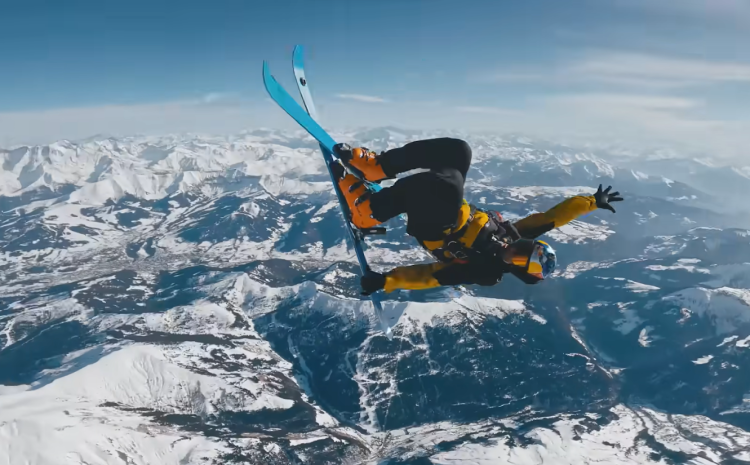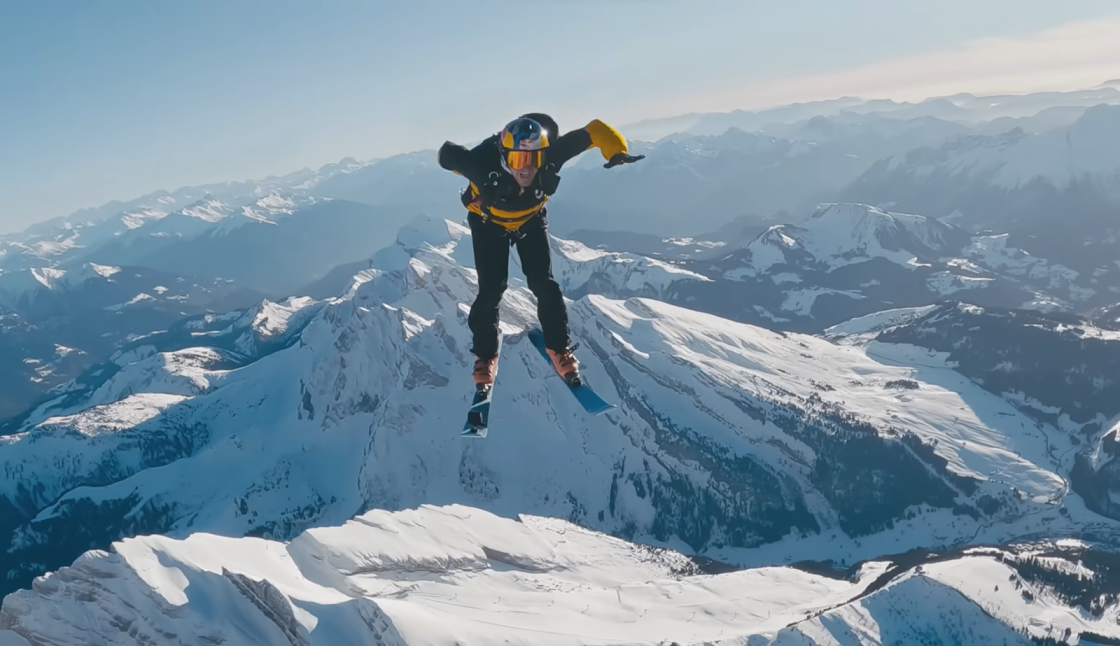High-Flying Winter Adventures

Contrary to the sunny, summery stereotype, skydiving is an all-year-round activity, including winter! As long as the weather conditions permit safe parachuting, you can enjoy skydiving in any month. Discover the advantages of winter jumps and gain valuable tips to make your experience unforgettable. Embrace the thrill and excitement of winter skydiving with confidence!
Winter Skydiving Conditions
When it comes to skydiving, weather plays a crucial role. Unlike the heavy snowfall in nearby ski resorts like Powder Horn and Telluride, we enjoy more moderate winters. However, we prioritize safety and adhere to general skydiving weather guidelines. Here’s what you need to know about our decision to jump during winter weather:
| Weather | Jumpable Conditions | If We Will Reschedule |
|---|---|---|
| CLOUDS | Clear of clouds to skydive | If clouds are low or precipitation (rain/sleet/snow), we’ll reschedule |
| WINDS | Acceptable winds to skydive | If winds are too strong, we’ll reschedule |
| TEMPERATURE | Must be 40°F or above to skydive | If the forecast is below 40°F, we’ll reschedule |
Staying Cozy During Winter Skydiving
Wondering what to wear for skydiving in the cold? Skydiving in winter is similar to any other season, but with chillier temperatures. Dressing appropriately is key, and think of it as preparing for skiing or snowshoeing, minus the snowsuit. Opt for base layers and outerwear with warm socks. We’ve got you covered with a lightweight buff to protect your neck, gloves for your hands, and a jumpsuit for extra warmth and protection.
- Pro Tip for staying warm: Have a warm meal like oatmeal or eggs and toast with a cup of coffee or hot tea about 20-30 minutes before your skydive. Consider wearing less breathable shoes like waterproof sneakers to insulate your feet during this exhilarating winter adventure.

Tips for Winter Skydiving
- Layering is the key to staying warm during your skydiving adventure. Opt for thin, insulating layers that provide better warmth and allow flexibility. Consider investing in high-quality thermal tops, as they can last for years. Materials like merino wool and synthetic alternatives are excellent choices for retaining warmth. While padded jackets can be useful additional layers, ensure they don’t hinder your movement during the jump;
- Stay warm in the air with two options: heated gloves, which can be charged via plug or USB, or good thermal glove liners to wear under normal winter gloves. While some instructors prefer heated gloves like Sealskinz, others find thermal glove liners more practical and cost-effective. Whichever you pick, ensure they offer full mobility for equipment operation. Avoid thick gloves and wool (it can damage velcro);
- For colder jumps, thick socks are essential to keep your feet warm. Consider bringing extra pairs to stay dry if there’s condensation. Some instructors use waterproof shoes for added protection, but be sure they’re not restrictive or have hooks that could interfere with your equipment;
- While some may forego jumpsuits in the summer, they become a favorite in winter! Jumpsuits not only protect your clothes and improve your flight performance but also serve as an essential extra layer during chilly skydives, ensuring you stay warm and shielded from the cold elements.
Conclusion
If you love skiing, snowboarding, or snowshoeing, you’ll be captivated by the unique perspectives winter skydiving offers. Experience nature in three dimensions with a wider peripheral vision during freefall and under the parachute. Surprisingly, most skydivers don’t feel the cold as the adrenaline and stunning views keep them enthralled.